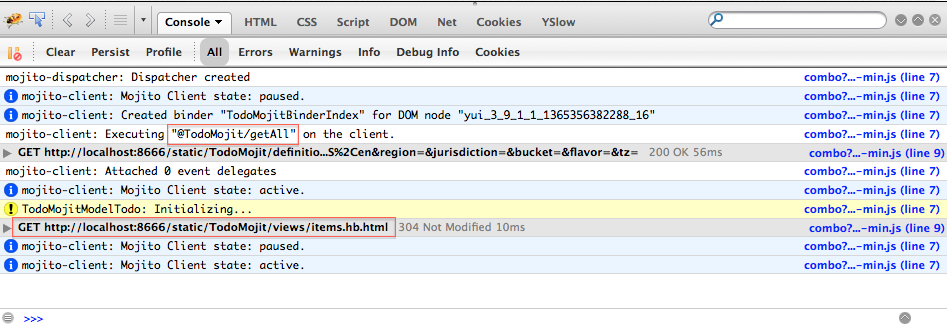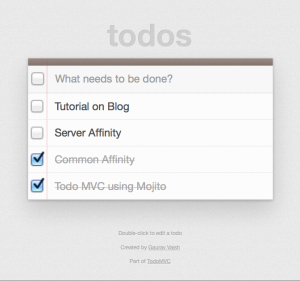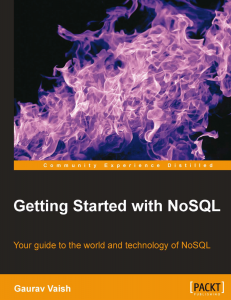After a few months of authoring, exchanging mails with the publisher on the final content and reviews, and exchanging mails with Satish – lead reviewer, my book – Getting Started with NoSQL (ISBN: 9781849694988) – is finally out in the market.
The book is available on Amazon at:
A bit in detail about the book:
Relational databases have been used for decades, and in the last few years NoSQL has been a growing choice for large-scale web applications. Non-relational databases provide the scale and speed that you may need for your application. To switch you must know the options available, the advantages and drawbacks, and scenarios which it is suited to the most and where it should be avoided at all costs.
Getting Started with NoSQL is a from-the-ground up guide that takes you from the very first steps to a real-world NoSQL application. It provides you with a step-by-step approach to design and implement a NoSQL application that will help you make clear decisions on database choices and database model choices. The book is suited for a developer, an architect, as well as a CTO.
This book is a comprehensive guide to working with NoSQL. You will learn to make key decisions, and to design and implement NoSQL applications. You will learn about NoSQL jargon, data models, and databases on the market. The case studies and comparisons presented will help you to make a decision on whether or not to use NoSQL, and if so which model and product to use. This book is an indispensable resource for you to have in your library. You will learn everything you need to know about understanding and working with NoSQL and how to implement an application with the correct NoSQL for you.
Read more …



